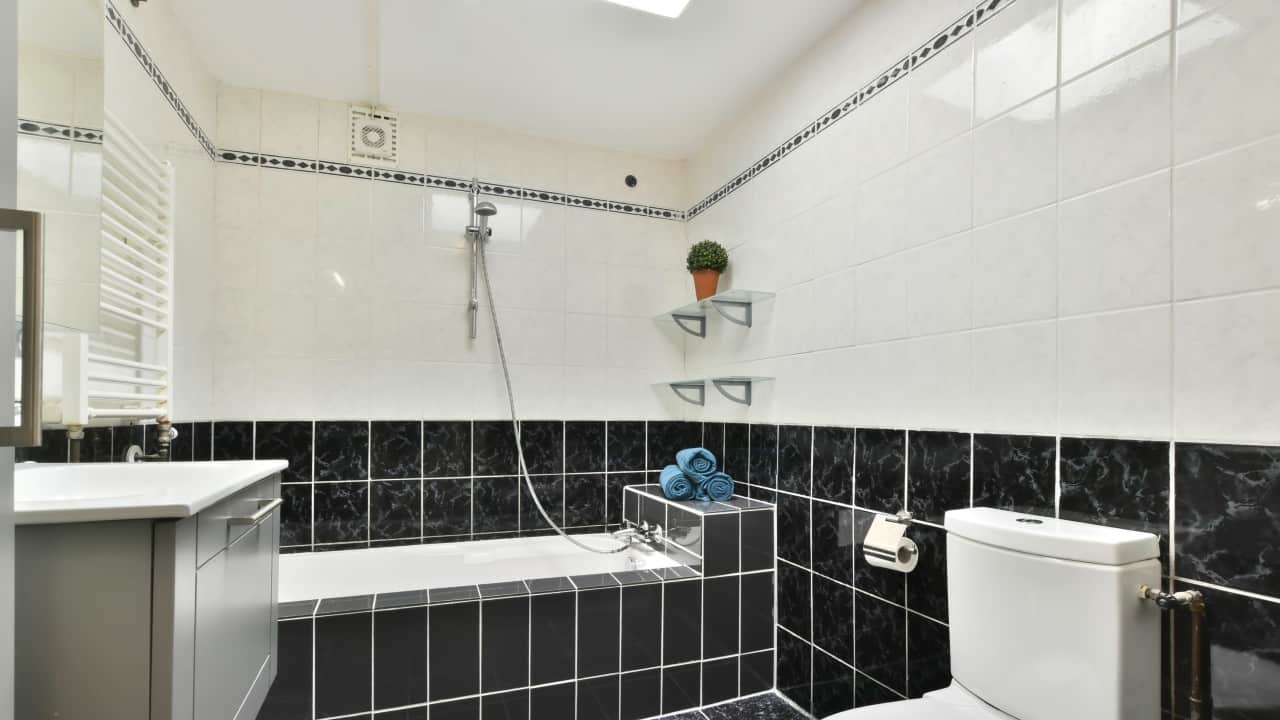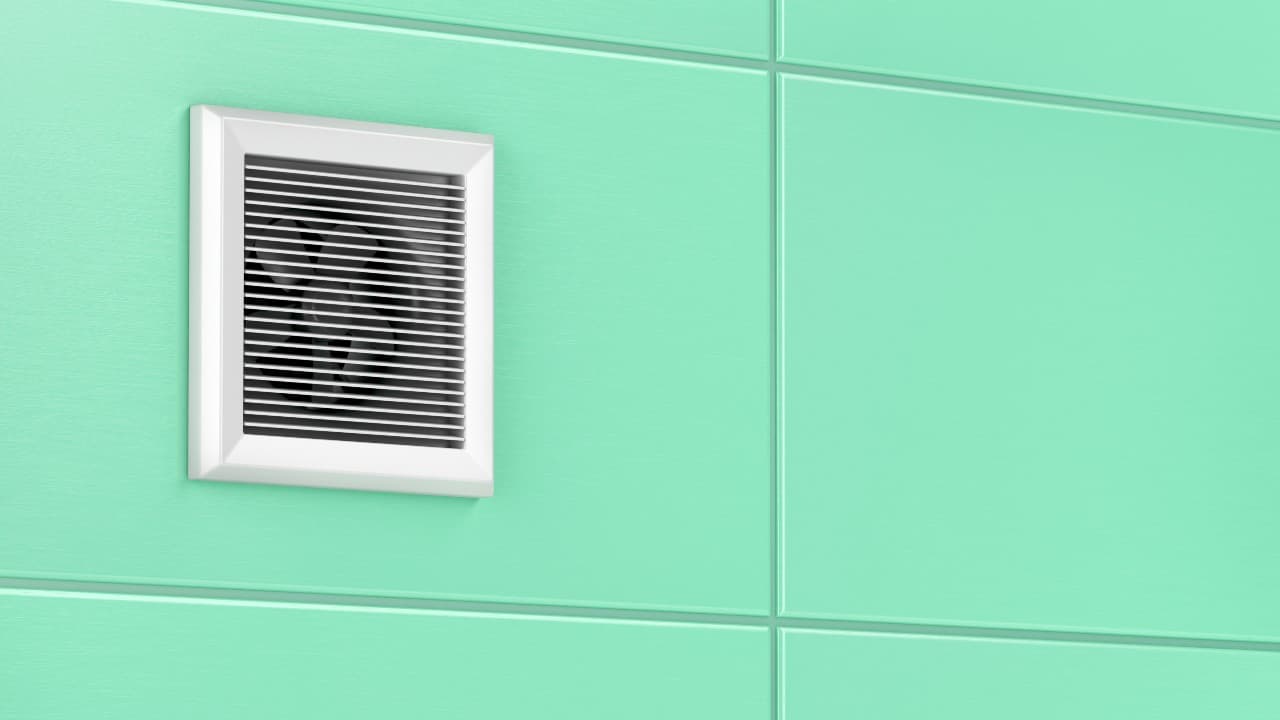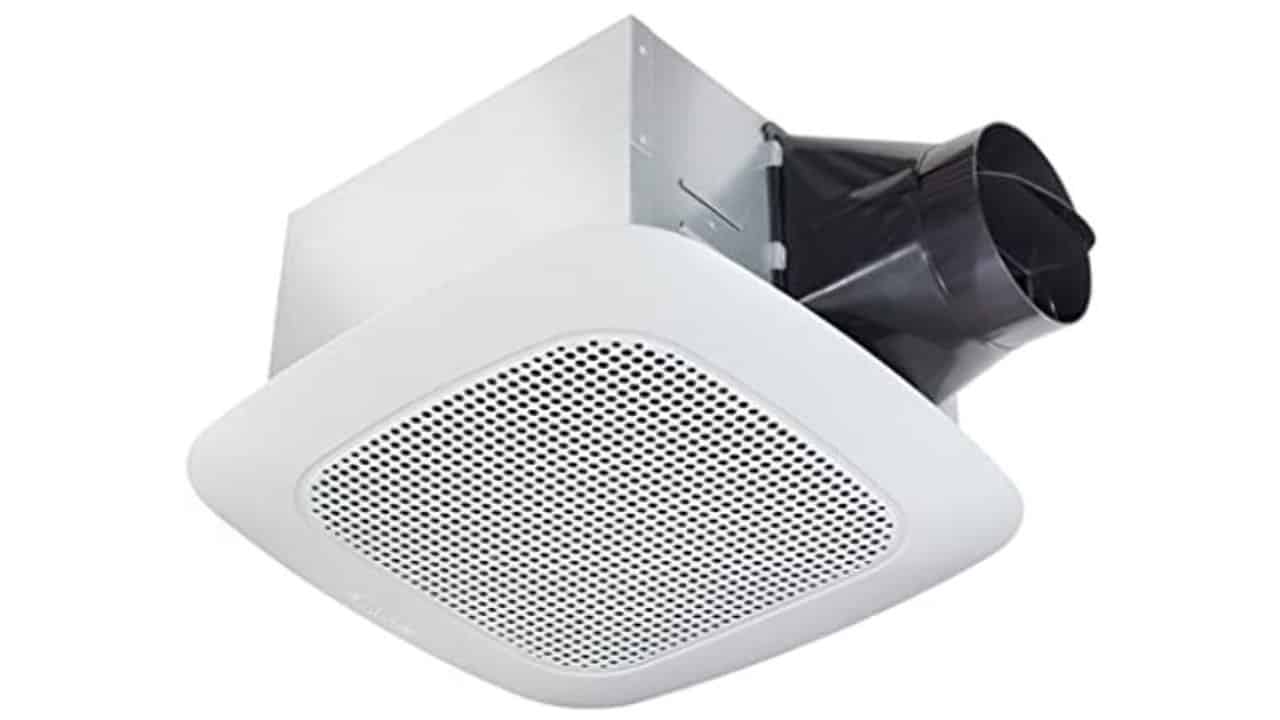If you’re currently looking to buy a new bathroom exhaust fan, there’s a good chance you’re trying to learn as much as possible about these convenient appliances.
Capable of removing unpleasant smells, stale air, as well as excess humidity, the bathroom exhaust fans are extremely easy to use and they completely remove the need to open up a window after taking a shower or bath.
In this article, I will talk about:
- Bathroom exhaust fan ducting;
- The performance of bath fans;
- The noise that these appliances make;
- How are bath fans controlled;
…and more. Let’s get started!
Contents
The Introduction
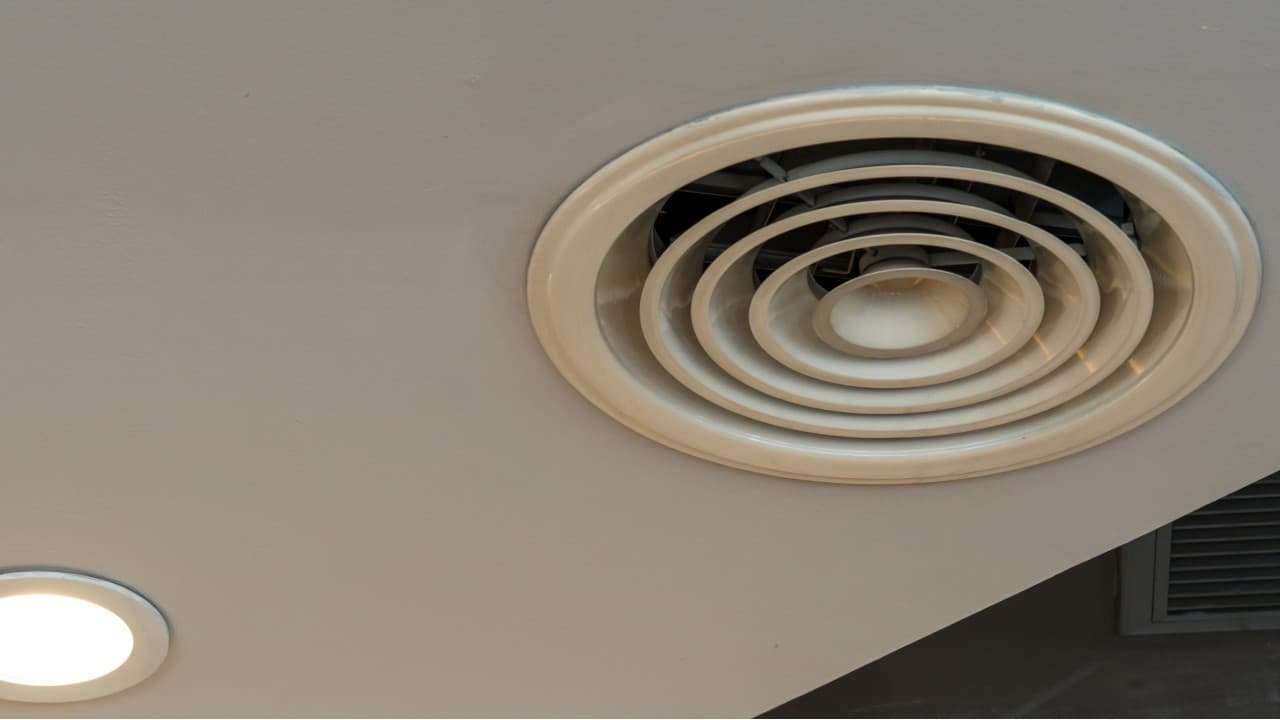
I can’t tell you how many times I’ve been inside bathrooms that have no exhaust fans of any sort. And whenever I said this to the homeowners, they were surprised, completely unaware of the disadvantages that come with not having one of these appliances installed in your bathroom.
For a healthy home, having a quality bathroom exhaust fan is essential.
The main purpose of these convenient devices is to remove humidity that appears every time someone has taken a shower. They can also keep the airborne contaminants at bay, remove stale air, eliminate unpleasant smells, and prevent the foggy mirror syndrome from occurring.
They are usually mounted on bathroom ceilings, although they can also be installed vertically on walls.
Bathroom Fan Ducting
The excess moisture and stale air that are sucked in by a bathroom exhaust fan are transferred to the outside through fan ducting.
Typically having a circumference of between 3 and 6 inches, a fan duct is either flexible (aluminum) or rigid (metal). Some bathroom fan ducts are over 20 feet long, while some measure only 1 foot – it all depends on the fan’s location inside a house.
Duct Insulation
In case it has to be installed into a crawl space, a garage, or an attic, the duct needs to be insulated first.
Due to the temperature difference between the uninsulated room and the bathroom duct air, water beads (condensation) can appear on the ducting. And, as you can already guess, condensation can lead to the appearance of dangerous mold growth and some pretty severe wood damage. Read our post on how to stop condensation in a bathroom fan for more information.
What’s an Exterior Hood?
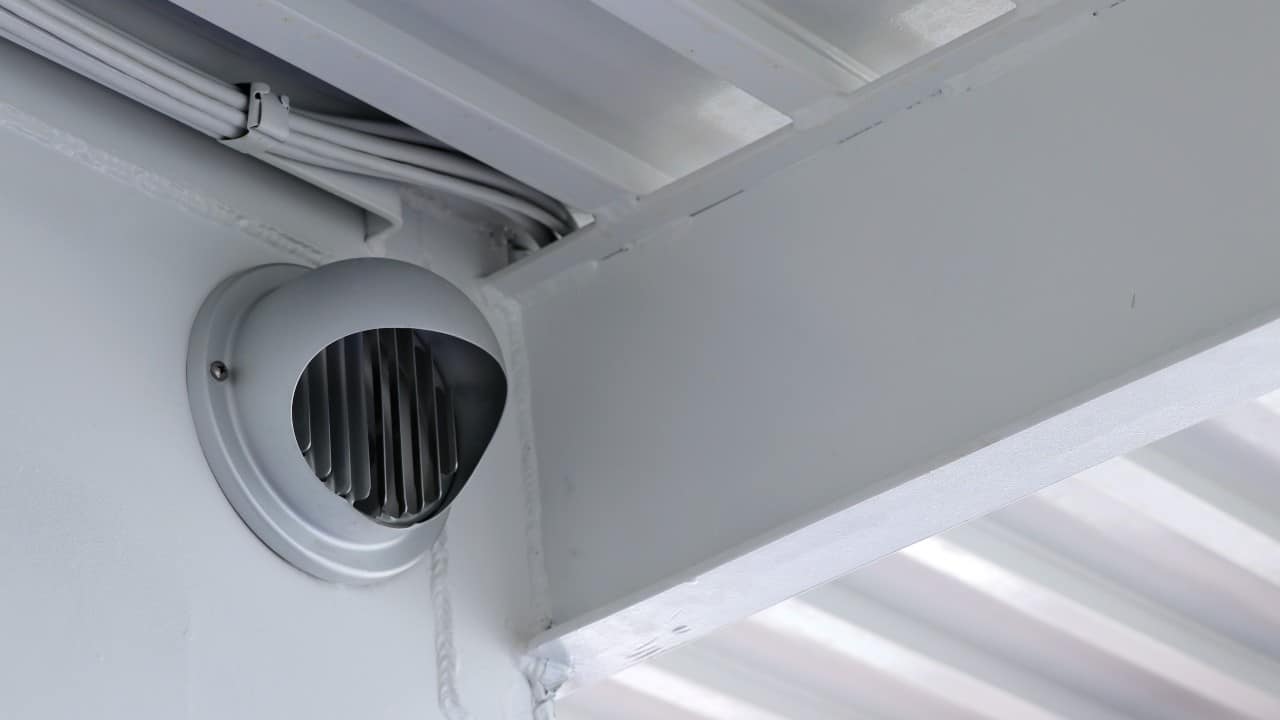
A vast majority of bathroom exhaust fans have hoods that feature some kind of a flapper. This part will be either circular or feature a couple of so-called louvers (angled slats).
The purpose of a flapper is to allow stale air and excess moisture to move from a bathroom to the outside while at the same time stopping exterior air and all kinds of debris (as well as insects) from getting inside the duct.
One very common issue that can cause serious trouble for your bathroom duct is when the birds decide to make a nest inside of it.
Bird Nests

Birds love making nests inside bathroom fan ducts – there’s no doubt about that. After all, these places provide security and warmth. They’re not that much different than the tree holes, at least in the eyes of birds.
As you can already guess, a bird making a nest inside your flexible fan ducting is bound to block the airflow and render your exhaust fan completely useless.
And since blocked ducts can cause the engine of the exhaust fan to overheat, bird nests can also be a serious fire hazard.
Another purpose of the aforementioned flapper is to stop the birds from making a nest inside the duct. You can also install some kind of screen. However, be careful when it comes to the size of the holes on this screen – if they’re too small, they could easily get clogged with all sorts of debris.
In my opinion, duct screens with 1 cm holes are the best. You can get one at a big box store, where it will probably be called a “pest barricade”.
The Performance of Bathroom Fans
The strength of a bathroom exhaust fan will always be rated in cubic feet per minute, or CFMs.
In simple terms, the CFM rating can tell you how much excess moisture can a particular appliance of this type remove in one minute.
Bathroom exhaust fans with a CFM rating of 50 are the lowest-rated ones and they’re ideal for small bathrooms. The highest-rated household bath fans are the 180 CFM ones, while the models that are even stronger than that are typically reserved for commercial purposes.
For bathrooms whose square footage stands below 100, the general rule of thumb is to add 1 CFM for every square foot of the bathroom’s floor area.
Have a look at my bathroom exhaust fan sizing chart to learn how to properly size one of these appliances for your bathroom.
Bathroom Fan Noise
When it comes to bathroom exhaust fans, one of the most common homeowner complaints is the noise these machines make.
Some models can be quite loud – you can hear the noise that they make from the other side of the house. The newest and the most expensive units, on the other hand, are so quiet that the only way to tell whether they’re on or off is by taking a look at their indicator lights.
The noise that these appliances create is rated in Sones.
A model whose Sone rating is 1.0 or less will be exceptionally quiet while in operation. Most units are in the 2-3 Sones range, however – these are moderately loud fans that won’t really bother you with the noise they make unless you really focus on it.
Obviously, a bathroom exhaust fan whose Sone rating is 4.0 or more will be quite loud. This is the case with most older appliances of this type.
An important thing to mention here is that the Sones represent how humans perceive loudness – it’s not an actual physical measurement. When a Sone rating is doubled, so is the perceived loudness. So, a bathroom exhaust fan whose Sone rating is 2.0 will always be twice as loud as a 1.0 Sone unit.
If you’d like your model to be as quiet as possible, have a look at my roundup of the market’s quietest bathroom exhaust fans.
How is a Bathroom Fan Controlled?
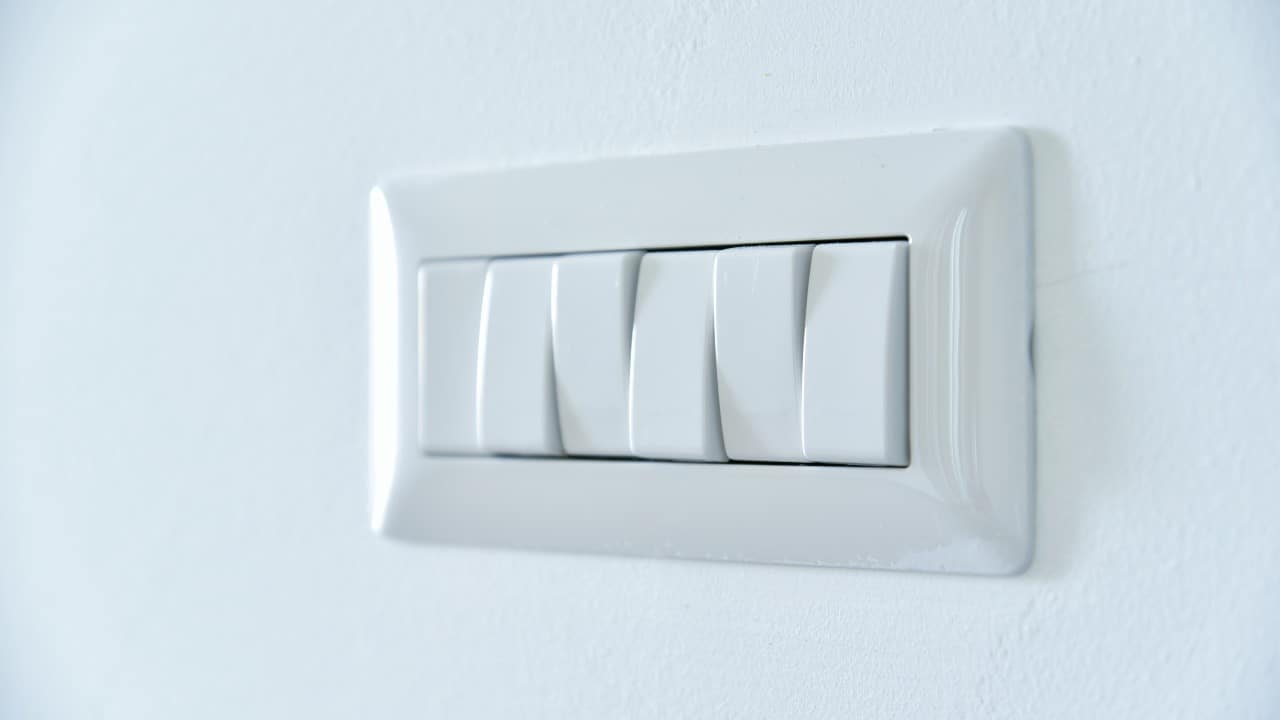
The most common way to control one of these appliances is by using a simple bathroom fan switch.
You should turn on your bathroom fan whenever you’re taking a shower and then leave it working for about half an hour once you’re done. This should allow it to remove all of the excess moisture.
Timer Switches
Fans with bathroom fan timer switches allow users to pick an amount of time after which the appliance will turn off automatically.
Humidity Sensors
Besides timer switches, a lot of modern bathroom fans come with humidity sensors. As you can already guess, the job of this feature is to turn the fan on/off as the level of humidity increases/decreases.
Motion Sensors
There are also models equipped with motion sensors. As its name suggests, this feature detects movement in the bathroom and turns the fan on/off accordingly.
The Takeaway
As you can see, the bathroom fans are simple but extremely useful devices.
They remove humid air by sending it the outside through ducts, their performance is rated in CFMs (the higher the CFM rating, the more powerful the fan), and they can be noisy (high Sone rating) but also extremely quiet (low Sone rating).
Finally, they’re often equipped with motion sensors, humidity sensors, timer switches, and other convenient features that make them even more versatile.
